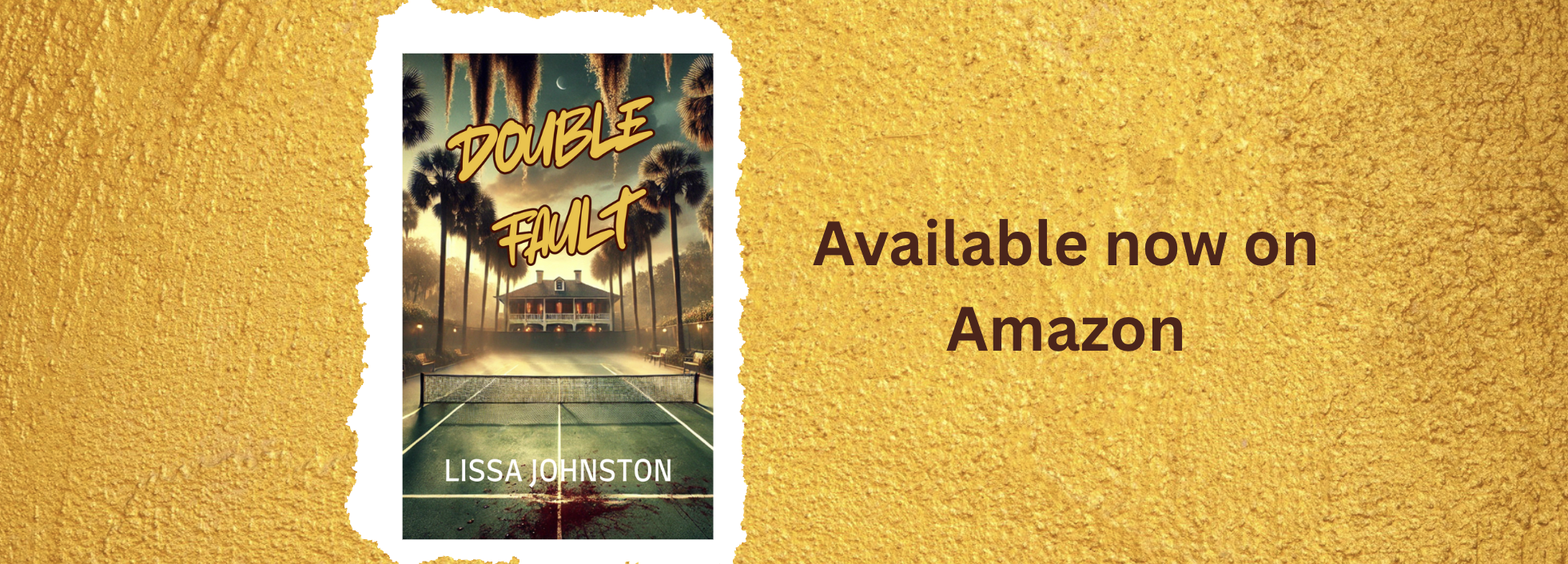
So I'm minding my own business, happy to be through with at least one of my writing projects and moving forward with the next. As per my usual, every evening before I go to sleep, I read. Lately I've been reading more e-books by self-published authors. I'm doing this to improve networking, write some reviews, and hope my fellow authors return the favor.
And this is how I stumbled upon some previously overlooked features of the e-book format itself. I realized I had omitted an important part of the book. It wasn't one of Campbell's famous 12 stages of the Hero's Journey. No, I had those covered. It was something one could argue was equally important to the success of my book: the end matter. It was a little skimpy. I had some end matter, just not enough and not the right kind.
My book is a middle grade reader, a chapter book for older elementary students. I included a glossary of the Norwegian words that turn up in the book. I also included a discussion guide for teachers or parents. I had the requisite title page, and a throwback from my grad school days, a bibliography. So far, so good. But as I read Susan May's Deadly Messengers, and later, this post by Joel Friedlander on the Book Designer blog, I realized I had overlooked some equally important end matter.
It's all about the format, you see. A traditionally published book, a paper book, could easily still contain this information I initially omitted. But in an e-book, the links are live, just sitting there waiting to be clicked upon, thus making the process of connecting reader with author, of promoting and reviewing said book, ever so much easier. You can thank the reader and ask them to 'click here' to review your book. You can invite them to visit your website and subscribe to your email list. You can meet on Facebook or Twitter or Pinterest or whatever else floats your social networking boat.
Insert large sigh and groan here. I wasn't looking forward to going through Scrivener's Compile process again. I hated the idea that some books had already been purchased and the buyers may never notice the update. But I knew in my heart it must be done.
That screen shot up there is a little small, so let me 'splain to you what I added to the end matter. It wasn't a whole lot. Took me part of an afternoon.
- One page giving some details about how I came to write the book. Ms. May and many other authors included this. I think it gives a nice personal touch.
- One page thanking the reader for their purchase and outlining all the various ways they can connect with me. In my case, I gave them my website as well as email address. I reminded them to subscribe to my blog if they liked. I included a link to my Facebook and Twitter pages. Last but certainly not least, I included direct links to Amazon and Goodreads for both my author page as well as where to leave a review.
Most of these links I grabbed by visiting my home page at my website/Facebook/Twitter account, then copying and pasting the URL from the URL bar in my browser. The review links at Amazon took a little more doing. If you have trouble getting this right after you read the Friedlander article, hit me up and I will see if I can help. One thing I did differently from the article: they had some pretty sweet icons for the various social networks that they used for the link, rather than a hyperlink associated with some plain text. I fooled around with that for a while, but I had a hard time finding the size and look of the icons I wanted to use. Plus, I didn't want to overload my project with graphics and as a consequence possibly earn less money per sale.
Now, I know many e-books will take you directly to a review page as soon as you finish them. But I personally have never taken the time to write the review immediately upon completion of the book. I like to ponder on it for a while first. So I think it's nice to have these links available in the end matter for convenience if a reader wants to leave a review in future. Handy tip from Mark Dawson: make sure your review link URL takes them right to the review page, not just your book sales page. Sometimes readers aren't clear on exactly what to click on to leave a review.
I've set up these extra documents as templates in Scrivener so that I won't make the same mistake in my future projects. It's impossible to know if they'll actually result in additional clicks. But I feel better knowing they're included.
Thanks for reading! If you enjoyed this post, I hope you'll take a minute and subscribe to my email list.
